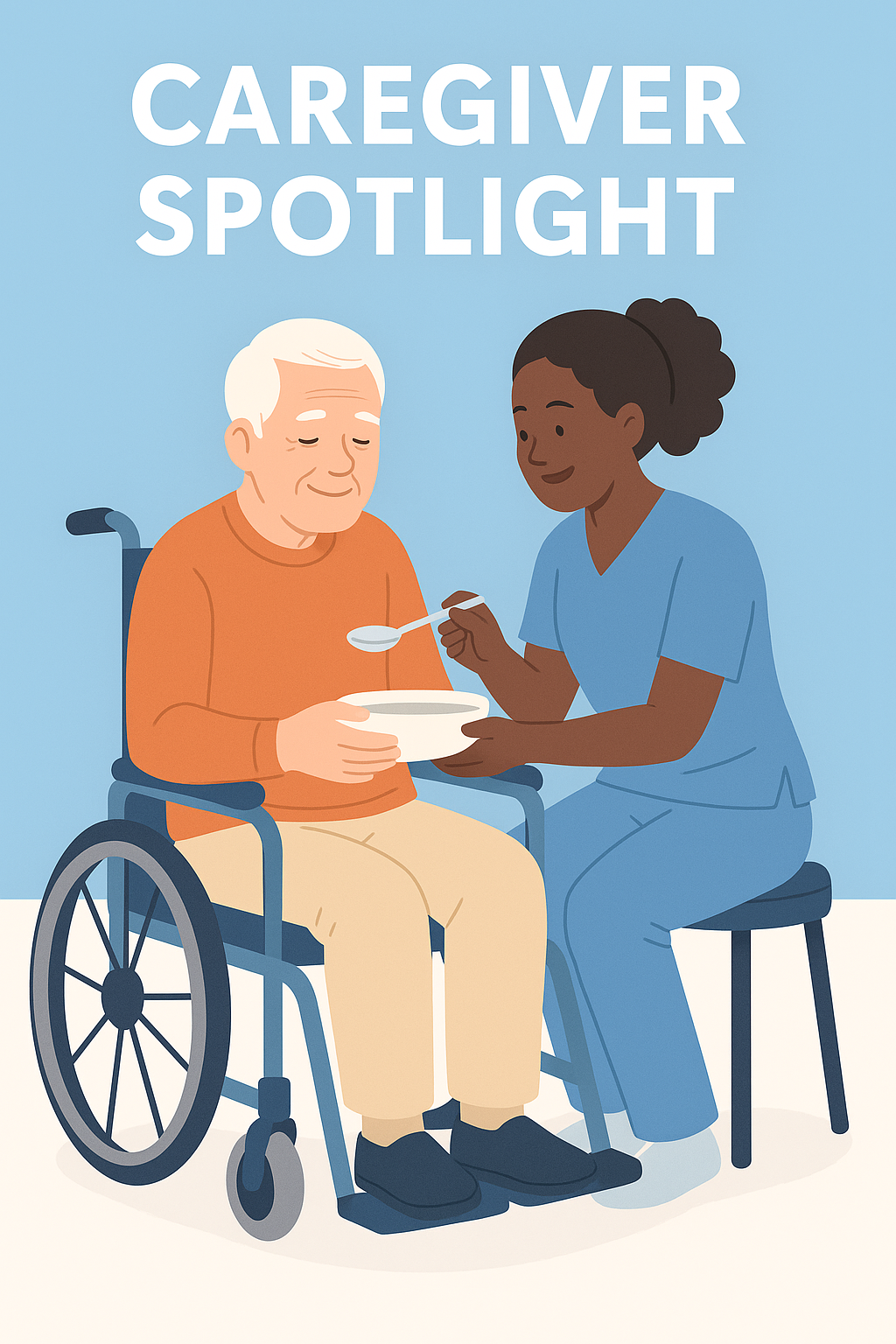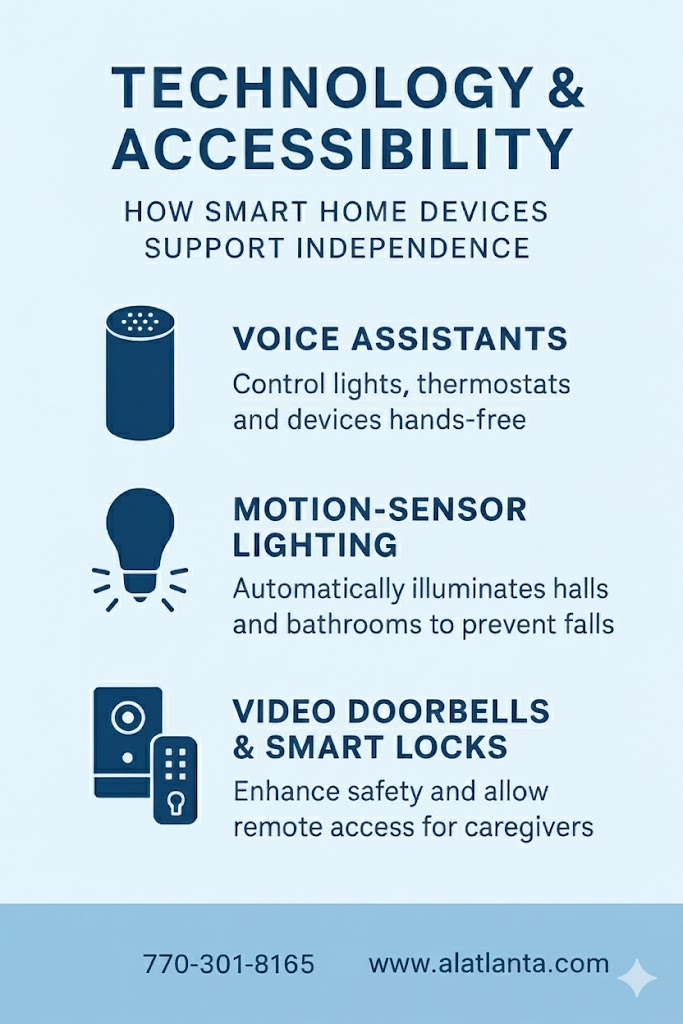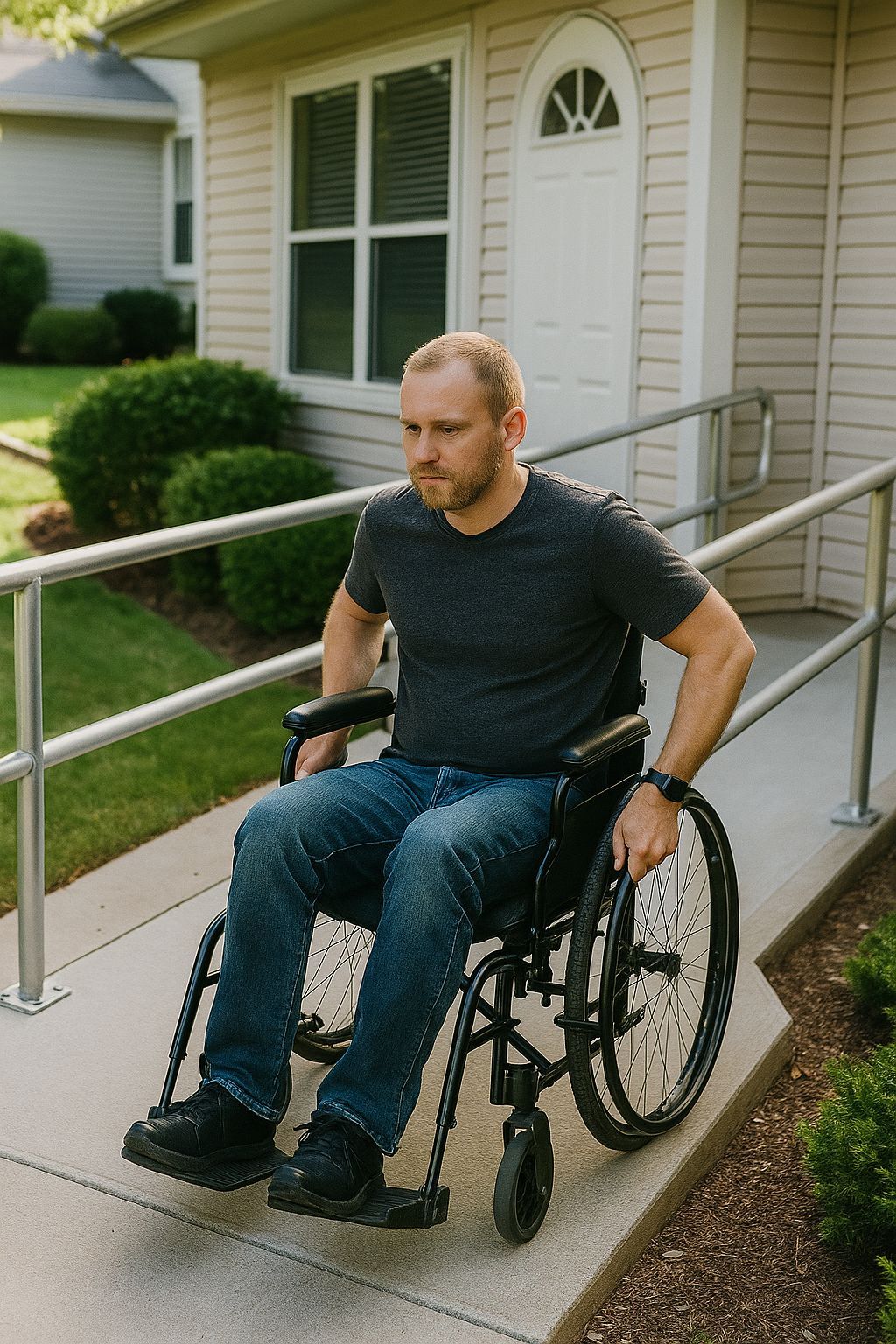The difference between a heart attack vs. cardiac arrest?
When Nicole Smith went to visit her 83-year-old father in the hospital last fall, she never imaged she’d become a patient, too. But that’s exactly what happened to the Fort Lauderdale, Florida, resident after she suddenly collapsed in the cafeteria.
“I woke up and I was in the intensive care unit,” says Smith, 53. The diagnosis: sudden cardiac arrest. With no known heart risks or warning signs, she never saw it coming. “This was the furthest thing from my mind that something like this could happen,” she said.
While often confused with a heart attack, cardiac arrest is a completely different health emergency — and it’s one that requires prompt recognition and response.
Here’s what you need to know about each of the two conditions and what to do if you suspect someone is experiencing a serious heart event.
Cardiac arrest
What is cardiac arrest? Cardiac arrest is when the heart suddenly stop pumping, depriving the body and brain of oxygen-rich blood.
The impact is immediate: Breathing stops and the person loses consciousness. “If somebody has a cardiac arrest, it’s not subtle. They are on the ground, and they are not responding to you,” says Gregory Katz, M.D., a cardiologist at NYU Langone and an assistant professor in the Department of Medicine at NYU Grossman School of Medicine.
What causes cardiac arrest? Cardiac arrest is caused by irregular heart rhythms, called arrhythmias, that cause the heart to stop working properly, says the National Heart, Lung and Blood Institute (NHLBI).
Many health conditions that are common among older adults can disrupt the heart’s rhythm and increase the risk of cardiac arrest, including coronary heart disease, a prior heart attack, atrial fibrillation, heart inflammation, cardiomyopathy (an enlarged heart), and leaky or narrow heart valves. Still, the NHLBI says about half of cardiac arrests happen to people who did not know they had a heart problem, as was the case with Smith.
Sometimes heavy alcohol use or drug use can trigger cardiac arrest. So can severe stress, a blow to the chest (this is what recently happened to NFL player Damar Hamlin) and respiratory arrest, or when a person stops breathing.
Are there warning signs and symptoms of cardiac arrest? Unlike many other health issues, there aren’t usually any signs or symptoms to warn an individual that cardiac arrest is imminent, though some people may experience chest pain, nausea, vomiting or shortness of breath before losing consciousness. “People may get no warning whatsoever,” Katz says.
What should you do? If you see someone in cardiac arrest, “the immediate thing that you do is you start chest compressions, and you call 9-1-1,” Katz says. Starting CPR — which helps keep blood flow active until emergency responders arrive — “really is the difference between somebody having a good outcome versus a tragic outcome,” he says. About 350,000 people die from cardiac arrest every year in the U.S., and less than half of people who experience cardiac arrest outside the hospital receive the right care from bystanders.
The American Heart Association says anyone can perform CPR with
hands-only chest compressions (no need for mouth-to-mouth unless you’re trained and feel comfortable doing it). Push hard and fast in the center of the chest to the beat of “Stayin’ Alive” by the Bee Gees or another song that is equivalent to about 100 to 120 beats per minute. And if an automated external defibrillator (AED) is available, use it. These portable devices that can often be found in public places such as airports and malls can stimulate the heart to resume beating.
Smith considers herself fortunate that her cardiac arrest — which her doctor says was possibly caused by a ventricular fibrillation, or an irregular heartbeat, and may have been brought on by stress — occurred inside a hospital. She now has a small device known as an implantable cardioverter-defibrillator in her chest to detect and correct any irregular heartbeats that could cause this to happen again.
Heart attack
What is a heart attack? Unlike with cardiac arrest, the heart is still pumping when a person has a heart attack; it’s just that the heart is under stress, says Mistyann-Blue Miller, M.D., a cardiologist with Cleveland Clinic in Vero Beach, Florida. And that’s because blood flow to the heart is being blocked. If this blood flow is not restored quickly, the oxygen-starved heart muscle will start to die.
Heart Attack vs. Cardiac Arrest
A quick way to remember the difference:
Cardiac arrest is an “electrical” problem
- If you see someone going into cardiac arrest, call 911 and start CPR right away.
Heart attack is a “circulation” problem
- If someone is having a heart attack, call 911.
Source: American Heart Association
What causes a heart attack? Most heart attacks are caused by coronary artery disease, according to the NHLBI, or plaque buildup along the walls of the arteries that supply blood to the heart. Cholesterol and other fatty substances can lead to this buildup.
A number of modifiable factors can increase your risk for coronary artery disease, including physical inactivity, unhealthy eating, smoking and being overweight, according to the Centers for Disease Control and Prevention. Other risk factors include a family history of heart disease.
Are there warning signs or symptoms of a heart attack? Also different from cardiac arrest is that many people who have a heart attack experience symptoms. For some, they can start slowly and be mild. For others, symptoms can come on suddenly and be severe.
“I describe it to patients that it can be anything weird between your chin and your belly button,” Katz says. And those odd or uncomfortable feelings typically gets worse with physical activity. “The idea that everyone has an elephant sitting on their chest as their heart attack symptom is just not borne out in the real world,” he adds.
Heart attack symptoms can include:
- Chest pain or discomfort
- Pain or discomfort in the arms, back, shoulders, neck, jaw and stomach (above the belly button)
- Shortness of breath
- Sweating
- Fatigue
- Nausea and vomiting
- Lightheadedness or dizziness
- Rapid or irregular heartbeat
Women tend to have more “nonspecific” heart attack symptoms that are easier to attribute to other things, such as stress, Miller says. “That can be a dull, achy feeling between the shoulder blades, maybe fatigue, decreased exercise tolerance,” she explains. “If something doesn’t feel right, definitely report that to your doctor.”
Katz says older adults are also less likely to experience the classic heart attack symptoms.
What should you do? If you suspect a heart attack, call 9-1-1 right away. CPR isn’t necessary unless the person isn’t breathing or you can’t find a pulse. “You really need to go to an emergency room,” Katz says, where doctors can quickly locate and address the blockage. The longer the heart goes without oxygen, the more likely a person is to experience permanent damage, even death.
Rachel Nania is an award-winning health editor and writer at AARP.org, who covers a range of topics including diseases and treatments.
#homeaccessibility #homemodification #homehealthcare #aginginplace #aginggracefully #caregivers #disability #disabilityawareness #wheelchairuser #wheelchairaccessible #spinalcordinjury #physicallychallenged #safetyathome #elderlycare #graytsunami #healthylifestyle #accessiblematters #userfriendlyhome



